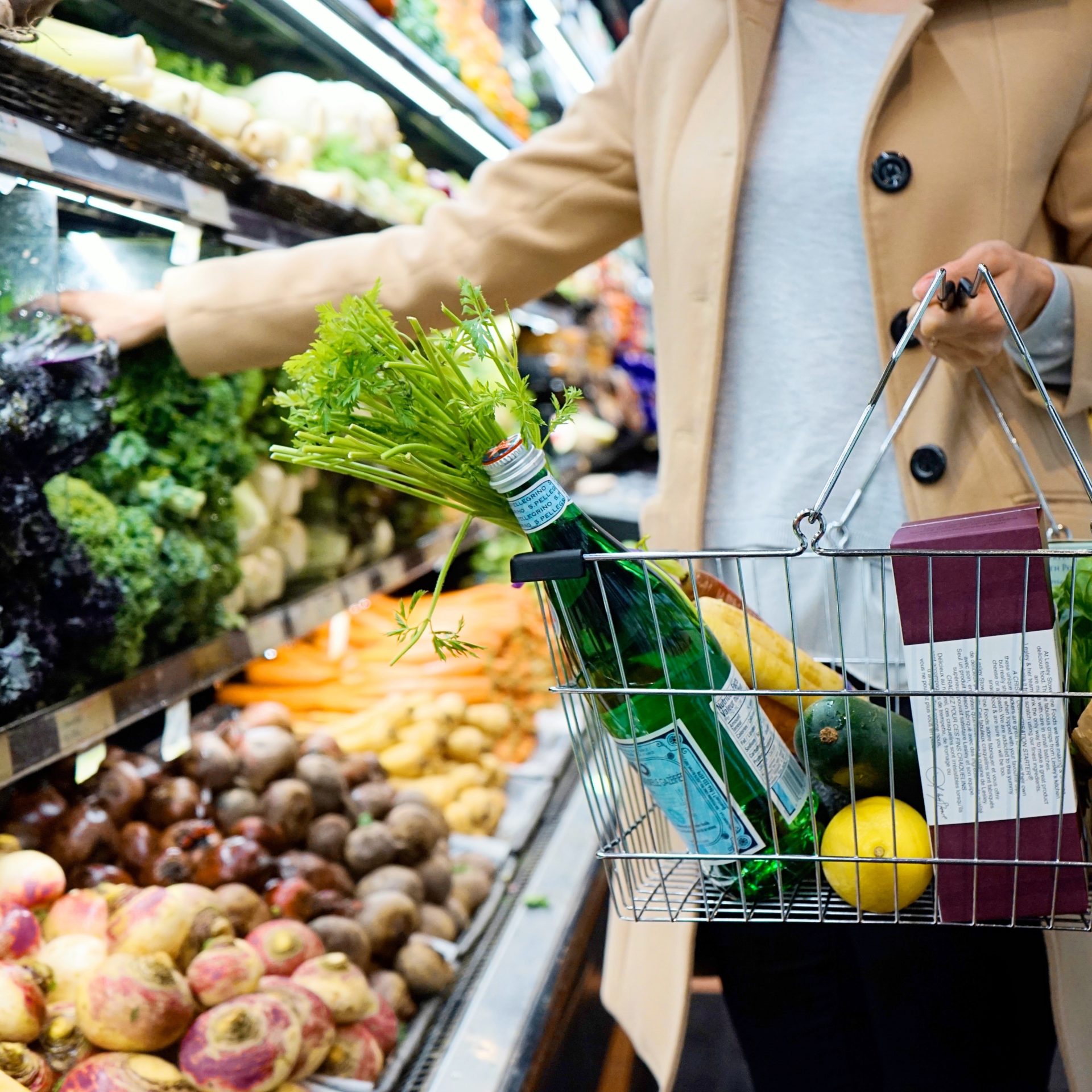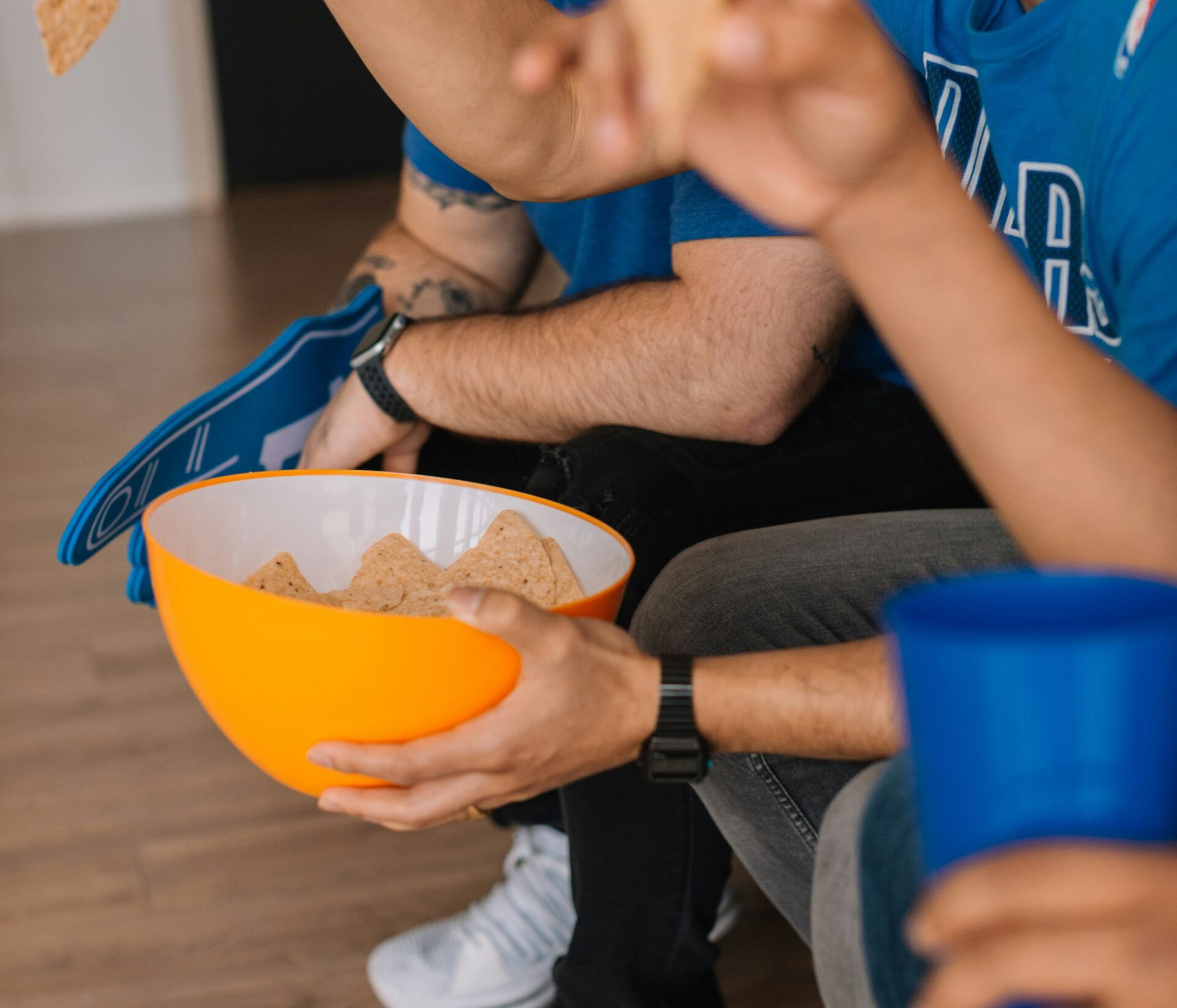
There is no doubt that shoppers want to be more sustainable when it comes to grocery shopping, as highlighted in our recent Eco Index 2021 report, but this desire is not always followed by actions.
Just like with any behavioural change, many shoppers are still at the consideration stage and lack the trigger or help to move into action.
84% of shoppers say that they rely on information at point of sale to assess products’ sustainability
Of course, actual or perceived higher costs are a barrier for many. However, I believe confusion also plays a role, particularly at point of sale, in preventing shoppers from making more ethical choices. In studies across many categories, we have repeatedly seen that it is hard enough to understand and articulate what sustainability means (organic, locally sourced, green processes, waste management, ethics etc.) and it is even harder to identify this in store, or for that matter online.
In this context, and as 84% of shoppers say that they rely on information at point of sale to assess products’ sustainability, we would expect labels and accreditations to play a critical role in sustainable purchase decisions. Yet, this isn’t necessarily the case.
From a behavioural point of view, designed to be simple and recognisable, labels and logos can act as a powerful visual cue to signal sustainability. Not only do they draw attention to the product but they also help inform purchase decisions.We see it so often in behavioural or eye-tracking studies, the eye is often drawn to a logo, and as a result, can help to cut through the clutter and make your product stand out.
Yet only 29% of shoppers say that they use labels and accreditations to assess sustainability credentials for food and grocery products, much fewer than the 42% using product descriptions. So, whilst shoppers might spot the logo, it doesn’t always have an impact.
Ultimately awareness of sustainability labels is quite low. Although 78% recognise the Fairtrade certification logo, only 41% recognise the Rain Alliance Logo and this drops even further to 6% for the B Corp logo. But trust is also limited. The Fairtrade logo has the greatest impact on convincing shoppers that a product is sustainable, but only for 49% of shoppers.
In a 2018 study, environmental scientist Eric Lambin of Stanford University identified over 400 ways to certify various goods and services. Between the third-party accreditations, retailer labels, and manufacturer labels, it’s not always clear to consumers which are which, or crucially what they stand for. As a result, a process that was meant to simplify purchase decisions could potentially be confusing matters further, with the implication that shoppers are simply learning to ignore them.
Subsequently, some manufacturers and retailers are calling for more universal labelling, although ironically the knock-on effect is that this means launching more labels in the process.
Clearly, labels and accreditations have a vital role to play. We already know their arresting power at point of sale. With some simplification and a bit more education about what each one means, they could help to clarify and inform purchase decisions for shoppers and in turn become a real asset for differentiating brand offers.
For more information on how we can help understand shopping behaviours, please get in touch
Source: Consumer Compass – Grocery Eye. UK Nat rep sample (n=2,000). Fieldwork September 2021





